Dry Cleaning vs. Wet Cleaning: What's the Difference?
The difference between wet and dry washing is essential for textile care alternatives. Every technique has advantages and works with various types of materials. We'll describe dry cleaning and wet washing, go over their benefits and drawbacks, and offer advice on selecting the best laundry procedure for your clothing in this investigation of laundry techniques.
What is Wet Cleaning?
Wet cleaning is a professional, water-based cleaning method that uses advanced machines, specialized detergents, and carefully controlled processes to clean delicate garments that are traditionally labeled "dry clean only." Unlike traditional home washing, wet cleaning is performed by trained specialists who understand how to treat sensitive fabrics like silk, wool, linen, and cashmere without shrinking, stretching, or fading them.
The wet cleaning process uses low-mechanical action machines combined with biodegradable, non-toxic detergents. Temperature, moisture, and detergent concentration are all closely managed to protect fabric texture and shape. Once cleaned, garments are gently dried and hand-finished using steam and pressing techniques suited to each material.
Wet cleaning is an eco-friendly alternative to solvent-based methods. It leaves garments fresh-smelling, soft, and free from chemical residue—ideal for those with sensitivities or allergies.
What is Dry Cleaning?
Dry cleaning is a solvent-based cleaning process used for fabrics that can’t tolerate water. The term “dry” refers to the absence of water—not the absence of liquid. Instead of water, dry cleaners use special chemical solvents (commonly perchloroethylene or hydrocarbon alternatives) to break down oils, grease, and stains that water can’t remove effectively.
Garments are placed into a dry cleaning machine, which looks similar to a large front-loading washer. After cleaning, items are dried, deodorized, and pressed to restore their original look and shape. Dry cleaning is effective for structured garments, such as suits, evening wear, and tailored pieces, as well as materials that shrink or distort in water, like wool and rayon.
Though traditional dry cleaning uses chemicals, many modern cleaners now offer environmentally conscious options, including eco-friendly solvents and green dry cleaning services.
Difference Between Dry Cleaning and Wet Cleaning
While both methods clean delicate garments, the key difference between dry cleaning and wet cleaning lies in the process and the types of solvents used.
Dry cleaning uses chemical solvents to clean clothes without water. It’s ideal for garments that are heavily soiled, oily, or made from fabrics that don’t respond well to moisture.
Wet cleaning uses water in a highly controlled environment and is considered gentler and more sustainable. It’s better for sensitive skin and is effective for lightly soiled or specialty fabrics.
Professional cleaners—like Hometown Cleaners—often use both methods, selecting the best one based on fabric type, soil level, and customer preference.
Pros and Cons of Every Approach
Making educated judgments about the care of your clothing requires understanding the benefits and drawbacks of wet and dry cleaning. Although dry cleaning works well to remove stains and preserve fabric, environmental problems exist. Even if it is better for the environment, wet washing might only be appropriate for some clothing, particularly for items that are sensitive to water.
Wet Cleaning vs. Dry Cleaning: Choosing the Right Method for Your Clothes
The type of clothing you own and its care labels will determine whether you dry clean or wet clean it. Dry cleaning is a great way to preserve the exquisite state of delicate fabrics like silk and wool. Wet cleaning is more environmentally friendly than regular clothing and linens. To ensure your clothes receive the specialized care they require, always read care labels and get expert guidance when in doubt.
How to Pick the Best Clothes-Carrying Method
The care labels on your clothing will tell you whether to dry or wet clean them. While linens and casual clothing may benefit from the more environmentally friendly wet cleaning method, delicate textiles like silk and wool frequently perform best when dry cleaned. Always read care labels, and consult a professional if in question.
Comprehending Wet and Dry Cleaning
Recognizing that wet and dry cleaning serve different purposes is crucial to understanding the differences between the two cleaning techniques. Wet cleaning provides a water-based, environmentally friendly substitute for dry cleaning. However, dry cleaning is the best at maintaining the integrity of delicate materials. Your clothing and its particular care needs will determine which of these washing techniques is best for you.
Why Hometown Cleaners Is Your Trusted Partner for Dry and Wet Cleaning
When it comes to understanding the dry cleaning vs wet cleaning debate, experience matters. At Hometown Cleaners, we’ve spent decades perfecting both techniques so your garments get the best care possible—whether they're structured suits or delicate silks. Our team knows the subtle difference between dry cleaning and wet cleaning, and we use that knowledge to determine the safest, most effective method for your specific fabric and stain concerns.
So, what is wet cleaning? It’s a water-based cleaning method using specialized machines, eco-friendly detergents, and precise temperature control. It’s gentle, safe for sensitive skin, and free of harsh chemicals. On the other hand, what is dry cleaning? It involves using a solvent (instead of water) to remove tough stains like oil and grease—perfect for structured garments or those that might shrink or lose shape in water.
When you compare wet cleaning vs dry cleaning, it’s not about which is better—it’s about what’s better for your clothing. Our professionals at Hometown Cleaners make that decision easy for you. We assess every garment individually and clean it using the safest process, giving you fresh, crisp results without risk.
If you’re looking for a reliable partner who truly understands fabric care, Hometown Cleaners delivers quality, convenience, and eco-conscious practices. Contact us today or fill out our pickup form to take advantage of our free pick-up and delivery laundry services across the Treasure Coast, Jupiter, and Juno Beach.

